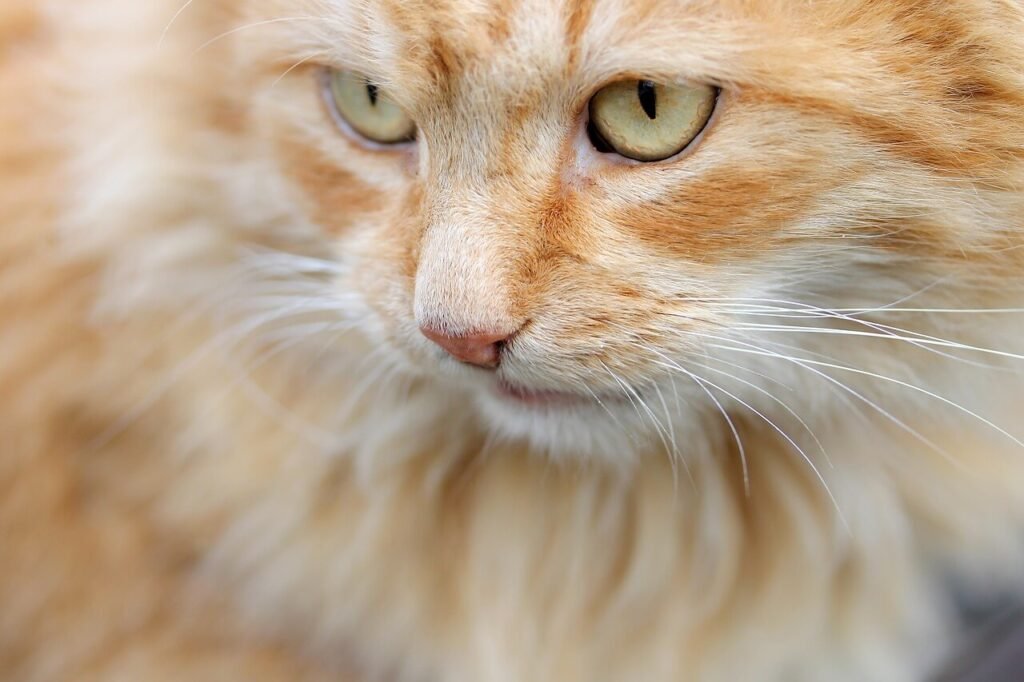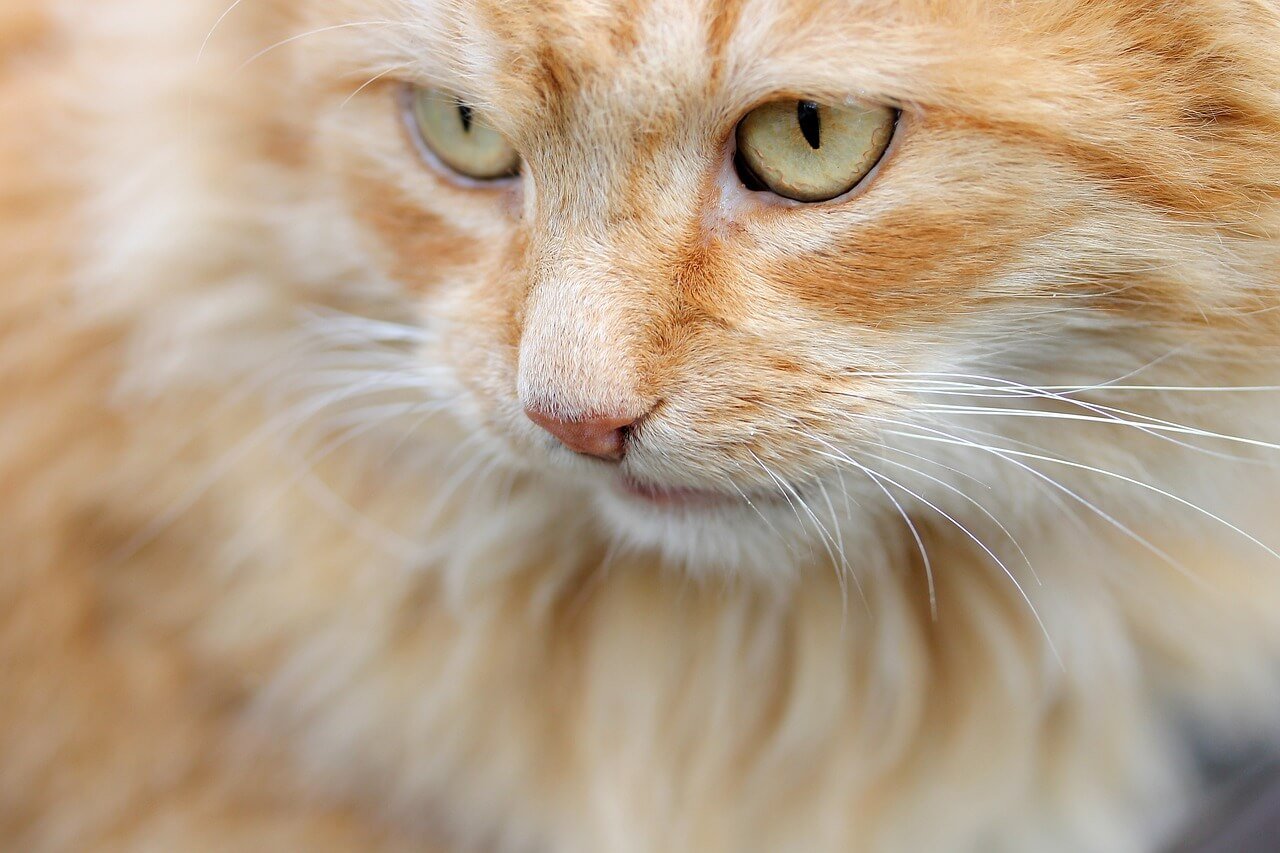Are Aloe Plants Toxic to Cats? What Every Cat Owner Needs to Know
Aloe plants are a popular choice for indoor gardens due to their striking appearance and air-purifying qualities. However, if you’re a cat owner, it’s crucial to understand the potential risks these plants pose to your feline friends. While aloe vera is celebrated for its soothing properties in humans, it contains compounds that can be harmful to cats if ingested. This guide will explore whether aloe plants are toxic to cats, the symptoms of poisoning, and how to keep your curious kitty safe. By arming yourself with knowledge, you can create a pet-friendly home without sacrificing your love for greenery.
Why Are Aloe Plants Toxic to Cats? Key Compounds to Know
The toxicity of aloe plants stems from specific chemical compounds found in their leaves. These substances are harmless to humans when used correctly but can cause adverse reactions in cats. Here’s what makes aloe dangerous for your furry companion:
Saponins : These naturally occurring compounds have a soapy texture and can irritate a cat’s digestive system.
Anthraquinones : Known for their laxative effects, these compounds can lead to severe gastrointestinal upset in cats.
Latex-Like Substance : The gel inside aloe leaves contains a latex-like substance that is particularly harmful if ingested.
Lack of Digestive Enzymes : Cats lack the enzymes needed to break down certain plant compounds, making them more vulnerable to toxicity.
Concentration Matters : Larger quantities of ingested aloe increase the risk of severe symptoms.
Understanding these compounds helps explain why aloe plants should be kept out of reach of curious cats.
Symptoms of Aloe Plant Poisoning in Cats
If your cat accidentally ingests part of an aloe plant, they may exhibit a range of symptoms. Recognizing these signs early can help you seek prompt veterinary care.
Vomiting : One of the most common symptoms, often accompanied by visible discomfort.
Diarrhea : Loose or watery stools may occur due to the laxative effects of anthraquinones.
Lethargy : Your cat may appear unusually tired or unwilling to engage in normal activities.
Loss of Appetite : A sudden disinterest in food is a red flag for potential poisoning.
Tremors or Weakness : In severe cases, neurological symptoms like tremors or muscle weakness may develop.
If you notice any of these symptoms after suspected aloe ingestion, contact your veterinarian immediately.
Check this guide 👉Are Pothos Plants Toxic to Cats? Best 7 Health Tips!
Check this guide 👉Are Chrysanthemums Toxic to Cats? Best 7 Health Tips!
Check this guide 👉Is Bromeliad Toxic to Cats? Best 7 Health Tips!

Safe Alternatives to Aloe Plants | Toxic Houseplants to Avoid |
|---|---|
Spider Plant | Aloe Vera |
Boston Fern | Lilies |
African Violet | Dieffenbachia |
Prayer Plant | Philodendron |
Calathea | Pothos |
How to Prevent Aloe Plant Poisoning in Cats
Prevention is the best way to protect your cat from aloe plant toxicity. With a few simple precautions, you can ensure your home remains safe for your feline friend.
Place Plants Out of Reach : Position aloe plants on high shelves or in areas inaccessible to your cat.
Use Hanging Planters : Hanging baskets keep plants safely suspended and away from curious paws.
Supervise Playtime Near Plants : Keep an eye on your cat during play to prevent accidental nibbling.
Cat-Proof Your Home : Consider using barriers or deterrent sprays to keep cats away from hazardous plants.
Educate Family Members : Ensure everyone in your household understands the risks of aloe plants to cats.
Taking these steps minimizes the chances of accidental ingestion and keeps your cat safe.
What to Do If Your Cat Eats an Aloe Plant
If you suspect your cat has ingested part of an aloe plant, quick action is essential. Follow these steps to address the situation effectively:
Remove Your Cat from the Plant : Immediately separate your cat from the aloe plant to prevent further ingestion.
Assess the Situation : Check for visible signs of chewing or drooling near the plant.
Contact Your Veterinarian : Call your vet for advice, even if symptoms haven’t appeared yet.
Do Not Induce Vomiting : Avoid attempting to make your cat vomit unless instructed by a professional.
Monitor Closely : Watch for symptoms like vomiting, diarrhea, or lethargy, and report them to your vet promptly.
Acting quickly and responsibly can make all the difference in ensuring your cat’s safety.
Understanding Feline Curiosity Toward Plants
Cats are naturally curious creatures, and their interest in houseplants can sometimes lead to trouble. Recognizing the signs of plant curiosity can help you intervene before your cat nibbles on something harmful like an aloe plant.
Chewing on Leaves : Cats may chew or bite plants out of boredom or curiosity.
Sniffing Around Pots : Frequent sniffing near plant pots indicates interest in the plant itself.
Knocking Over Plants : Cats often knock over plants to explore them more closely.
Sitting Near Plants : If your cat frequently lounges near plants, they may be plotting to investigate further.
Playing with Fallen Leaves : Playing with leaves or debris from plants is a sign of fascination.
By spotting these behaviors early, you can take steps to redirect your cat’s attention and prevent accidental ingestion of toxic plants.
Pet-Friendly Plants to Brighten Your Home
If you love greenery but want to ensure your home is safe for your cat, there are plenty of pet-friendly alternatives to aloe plants. These options allow you to enjoy indoor gardening without risking your cat’s health.
Spider Plant : Non-toxic and easy to care for, spider plants are a great choice for cat owners.
Boston Fern : This lush, hanging plant is safe for cats and adds a touch of elegance to any room.
African Violet : With its vibrant flowers, the African violet is both beautiful and non-toxic to cats.
Prayer Plant : Known for its unique leaf movements, this plant is safe and visually appealing.
Calathea : Available in various patterns and colors, calatheas are safe and pet-friendly options.
Switching to these pet-safe plants ensures your home remains both stylish and secure for your feline friend.
Training and Deterrents to Keep Your Cat Safe
Redirecting your cat’s attention away from toxic plants like aloe is essential for their safety. With patience and consistency, you can teach your cat to avoid dangerous greenery.
Provide Cat Grass : Offer cat grass as a safe alternative for nibbling and satisfying their plant cravings.
Use Positive Reinforcement : Reward your cat with treats or praise when they ignore toxic plants.
Apply Bitter Sprays : Pet-safe bitter sprays can deter cats from chewing on plants by making them taste unpleasant.
Create Play Zones : Designate specific areas for play and stimulation to keep your cat engaged and away from plants.
Rotate Toys Regularly : Introducing new toys or activities can distract your cat from exploring hazardous plants.
By implementing these strategies, you can redirect your cat’s curiosity and create a safer environment for them to thrive.
Frequently Asked Questions About Aloe Plants and Cats
Can cats recover from aloe plant poisoning?
Yes, most cats recover fully with prompt veterinary treatment, but severe cases may require intensive care.
How much aloe does a cat need to eat to get sick?
Even small amounts of aloe can cause symptoms, as cats are highly sensitive to its toxic compounds.
Are all types of aloe plants toxic to cats?
Yes, all varieties of aloe contain saponins and anthraquinones, which are harmful to cats.
Can I use aloe vera gel on my cat’s skin?
It’s not recommended, as cats may lick the gel off and ingest harmful compounds.
What should I do if I don’t know what my cat ate?
Contact your veterinarian immediately and provide details about your cat’s behavior and environment.
Create a Safe and Cat-Friendly Environment
While aloe plants are beautiful and beneficial for humans, they pose significant risks to our feline companions. By understanding the dangers of aloe toxicity and taking preventive measures, you can ensure your home remains a safe haven for your cat. Always prioritize your pet’s well-being by choosing pet-safe plants and staying vigilant about potential hazards. With a little effort and awareness, you can enjoy the beauty of indoor plants while keeping your curious kitty happy and healthy.
Canned Pumpkin for Cat Diarrhea: Best 7 Expert Tips! Natural remedy to firm stools, soothe upset bellies, and support gut health safely.
Can a Cat Give You Scabies? Best 7 Expert Tips! Discover the truth about feline mites, human skin risks, and how to protect yourself—without panic.
Cat Flea vs Human Flea: Best 7 Expert Tips! Discover the truth about bites, species, and how to eliminate infestations for good.
Weird Cat Behaviors: Best 7 Expert Tips! Discover why cats do strange things—and how to understand, not punish, their instincts for a happier home.





